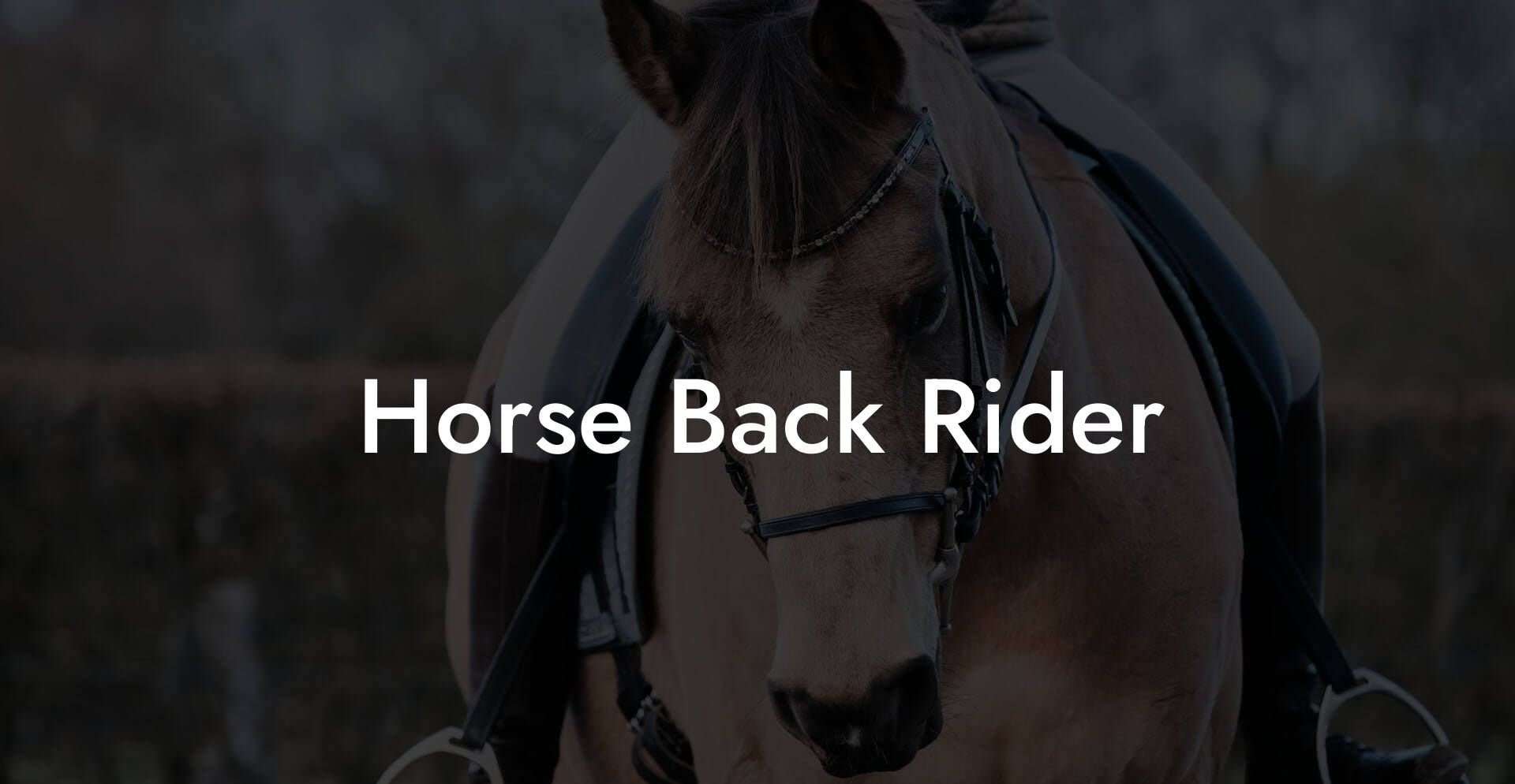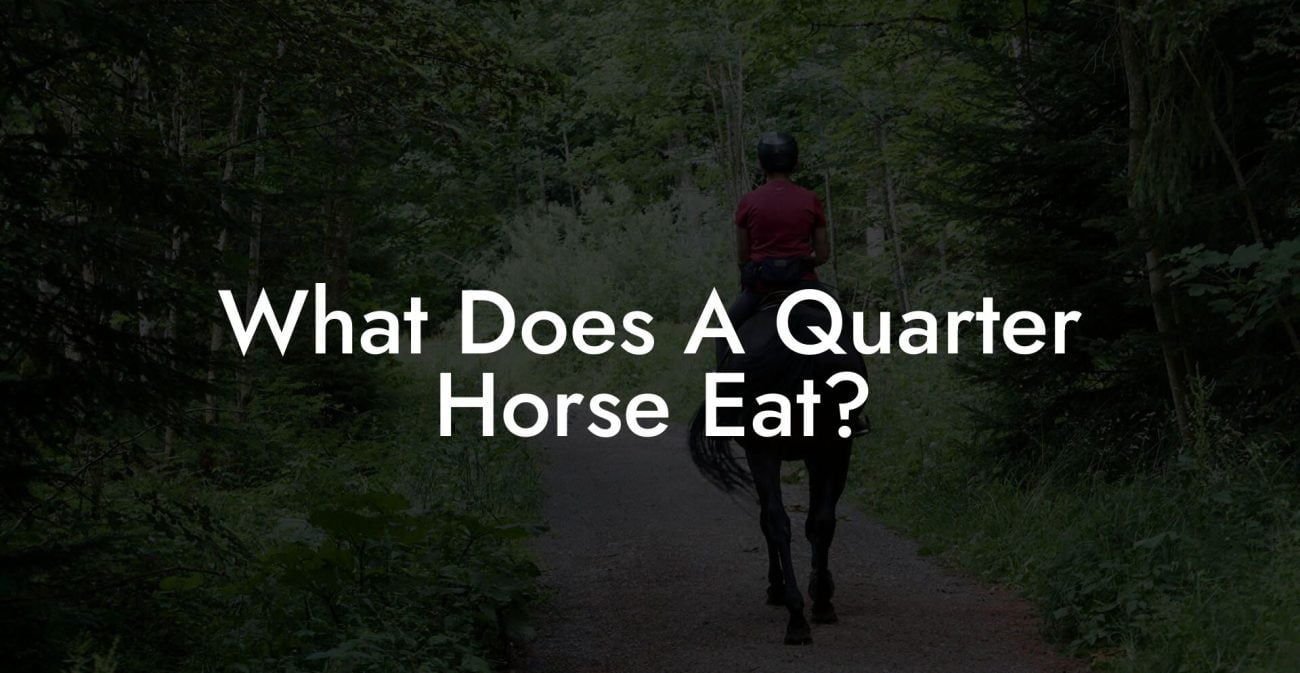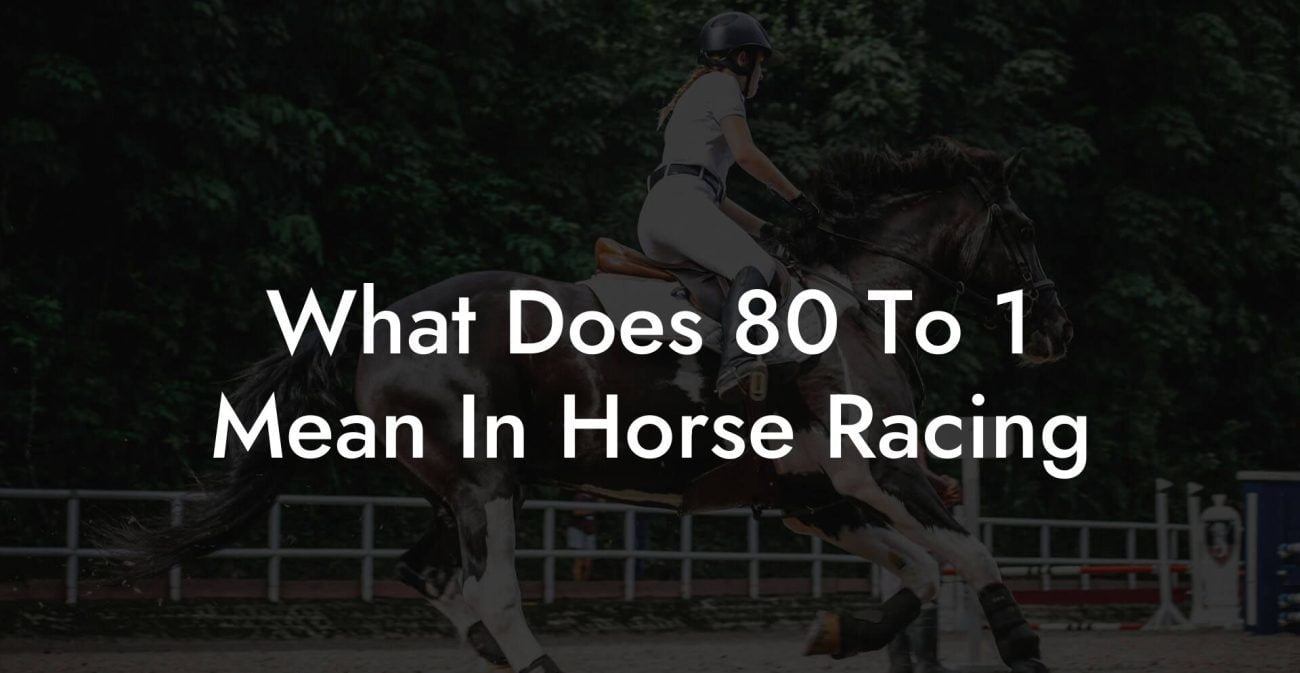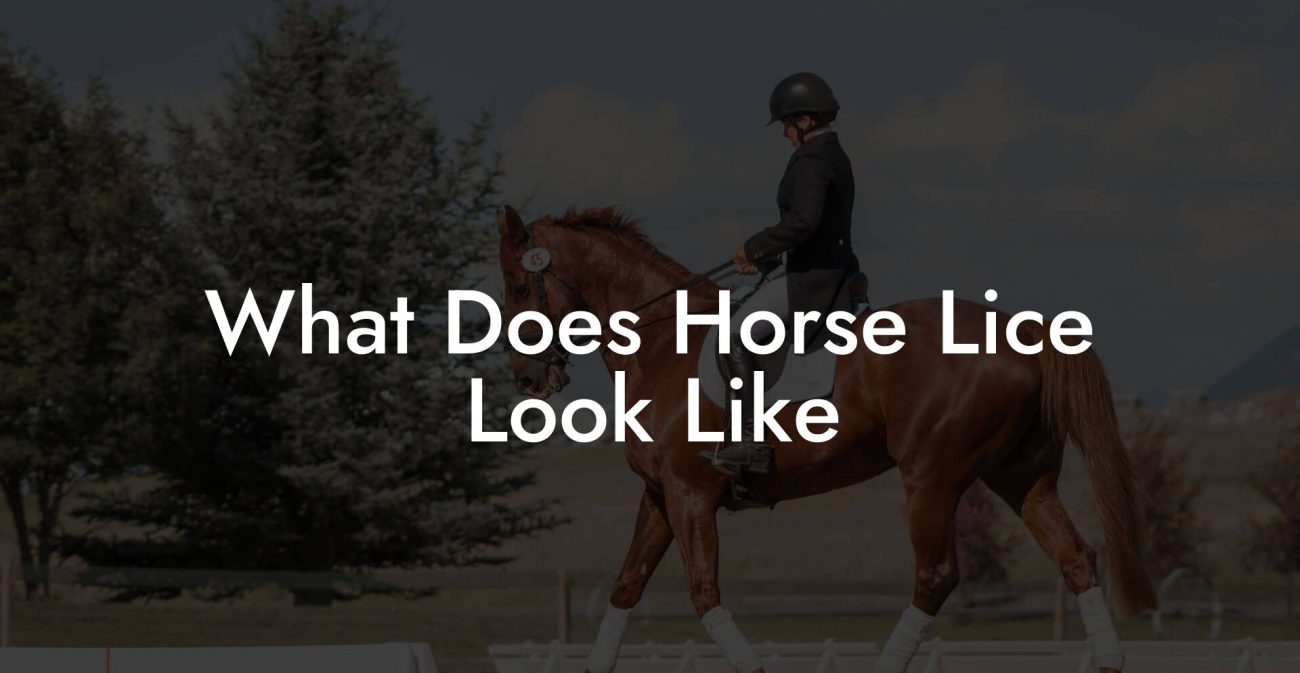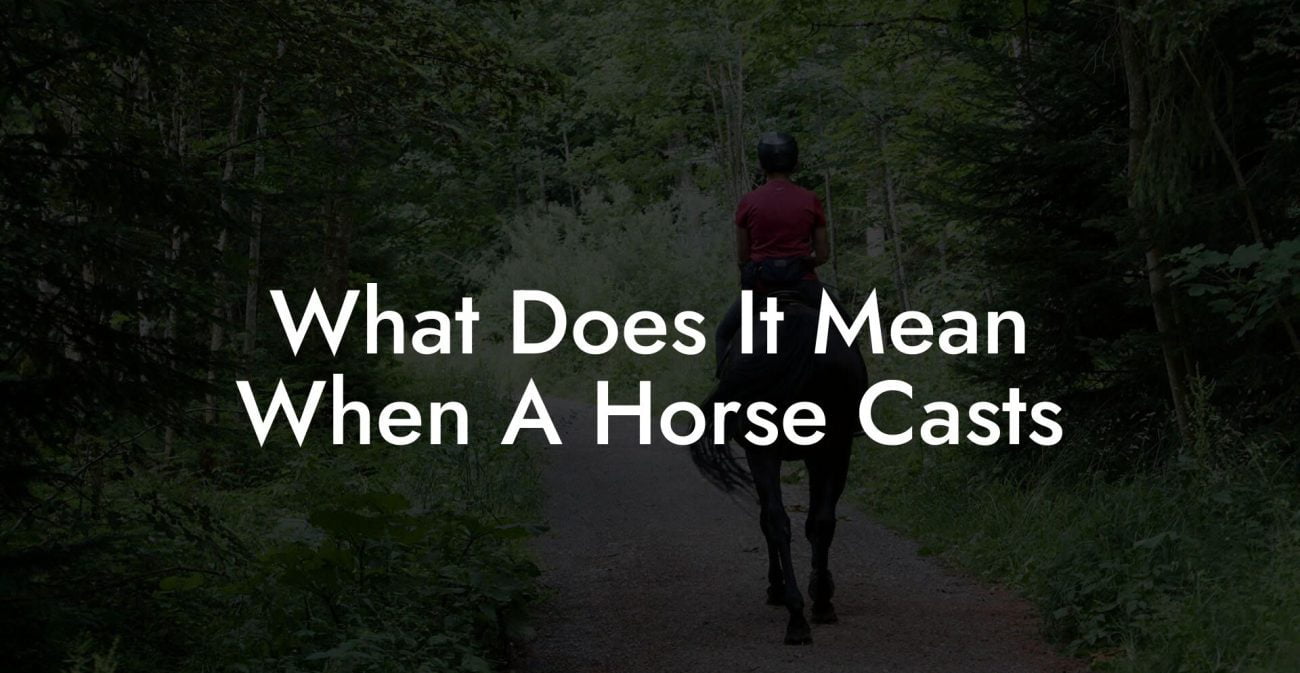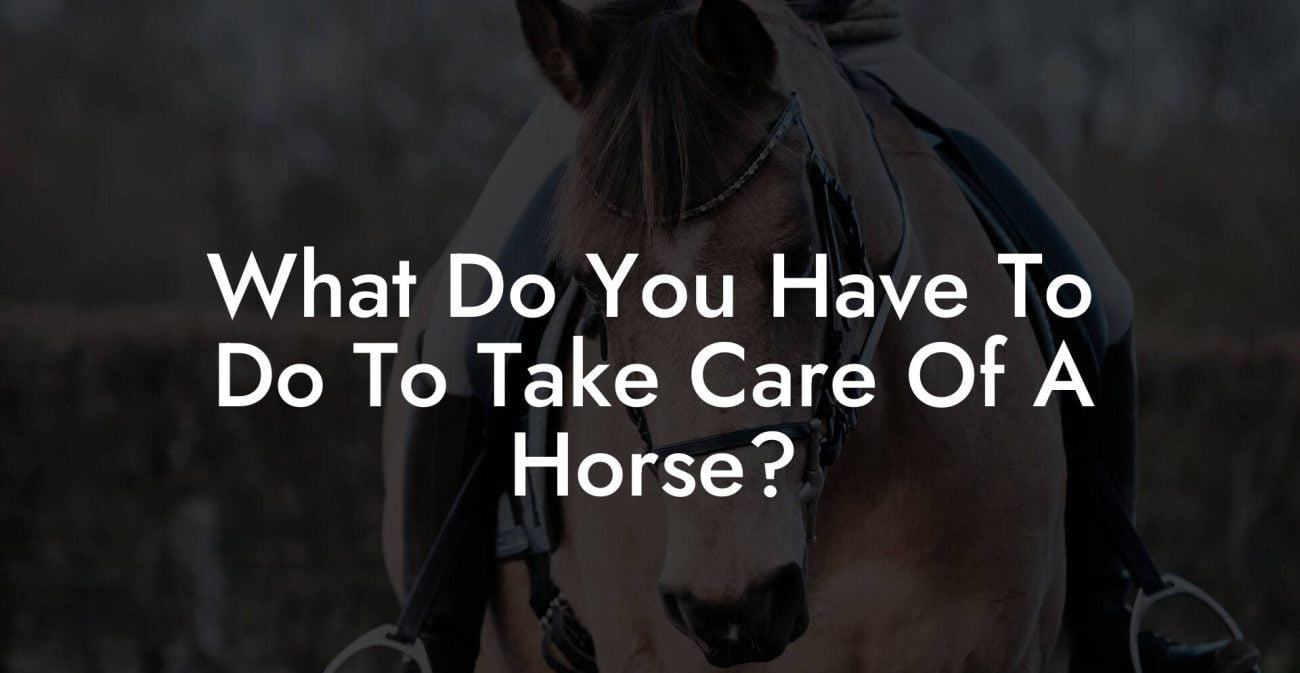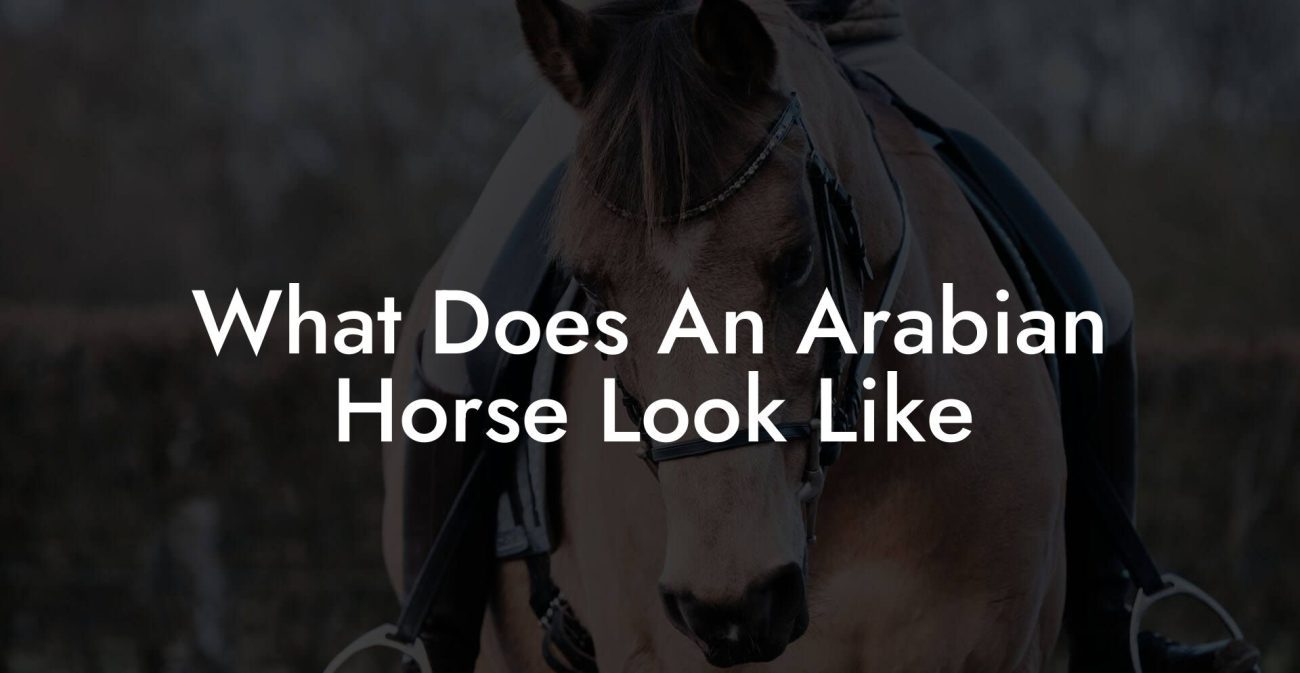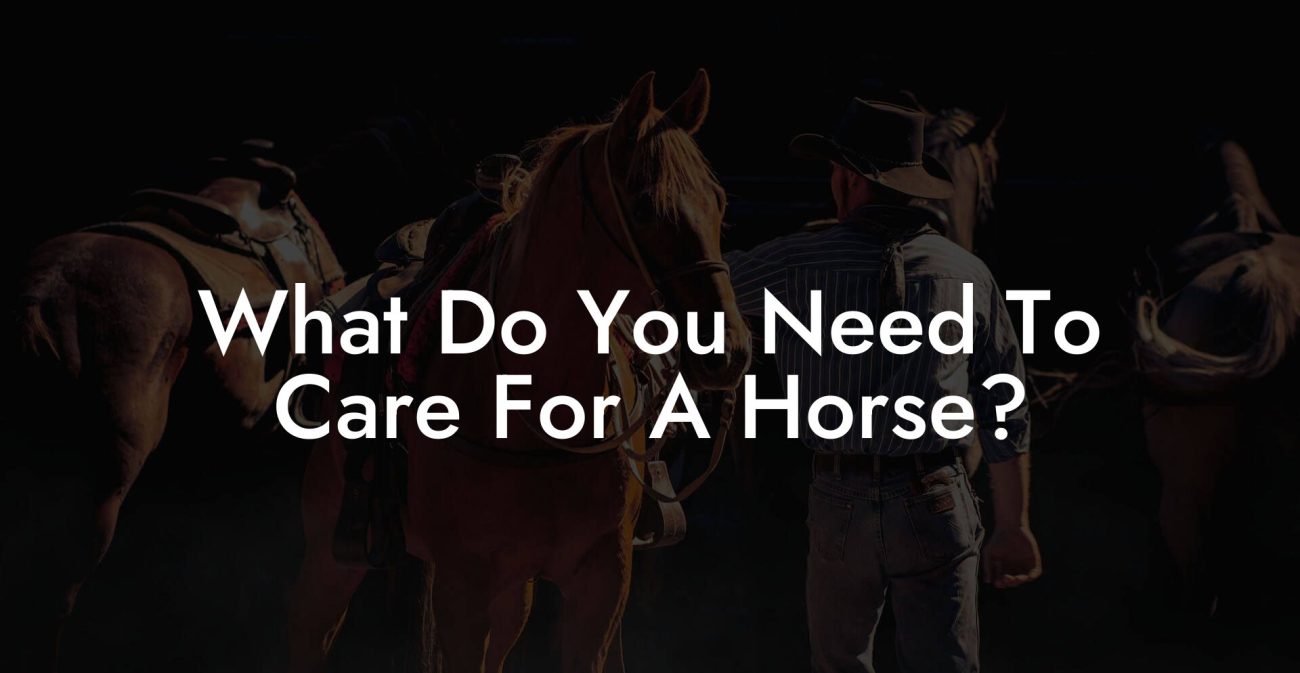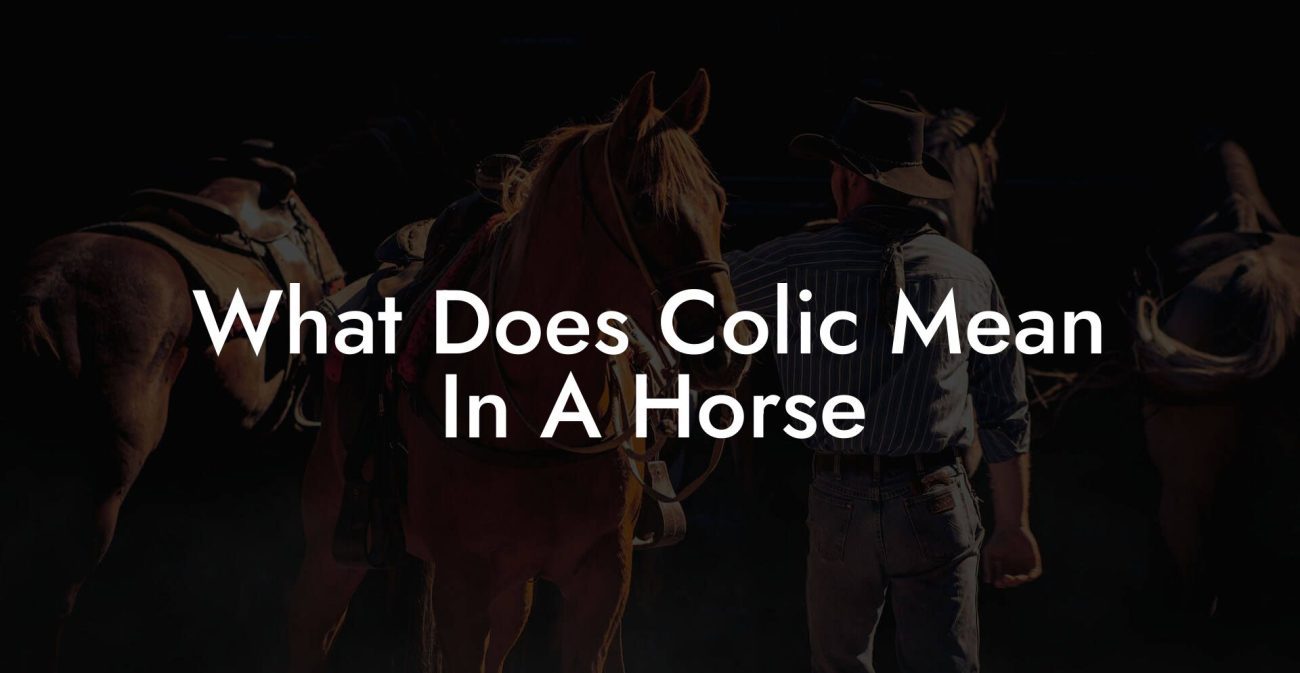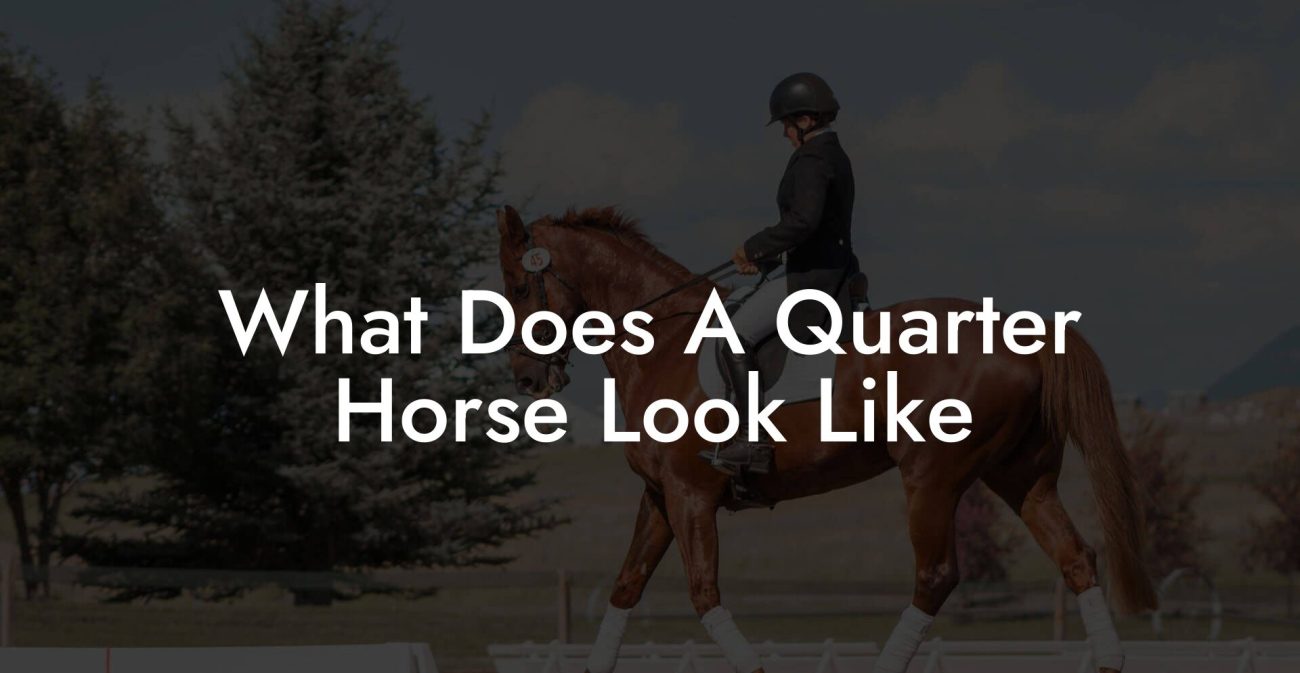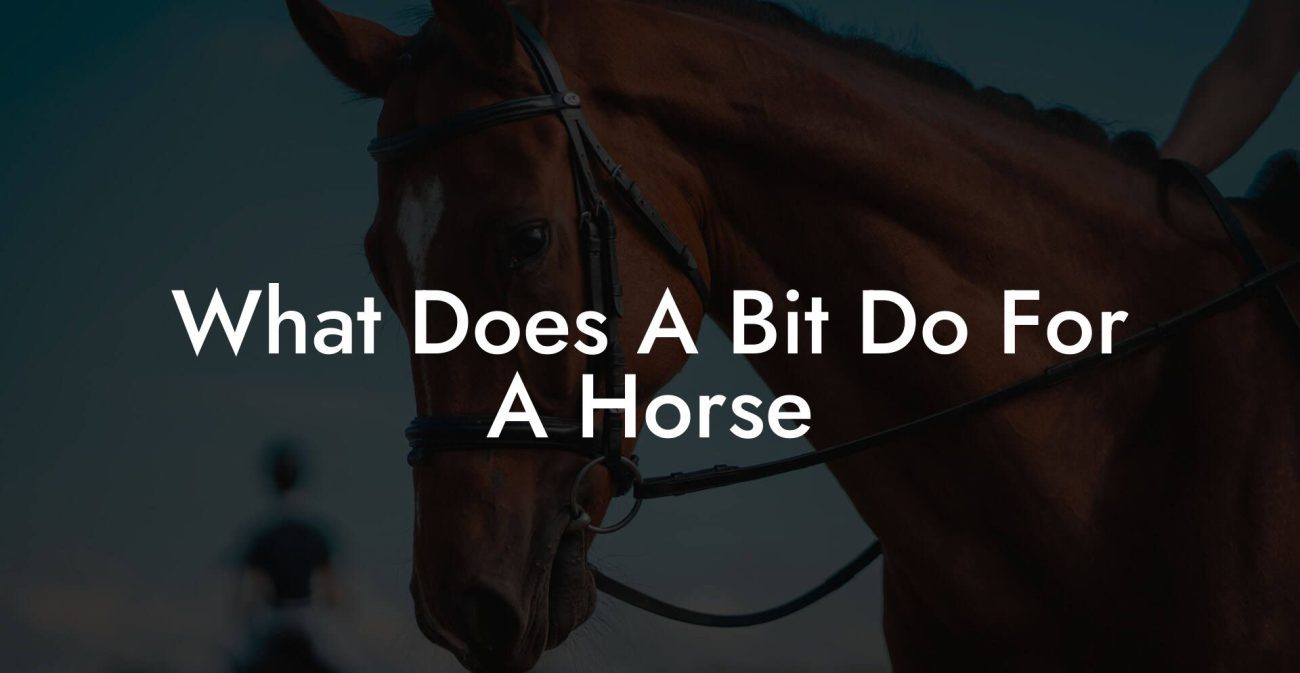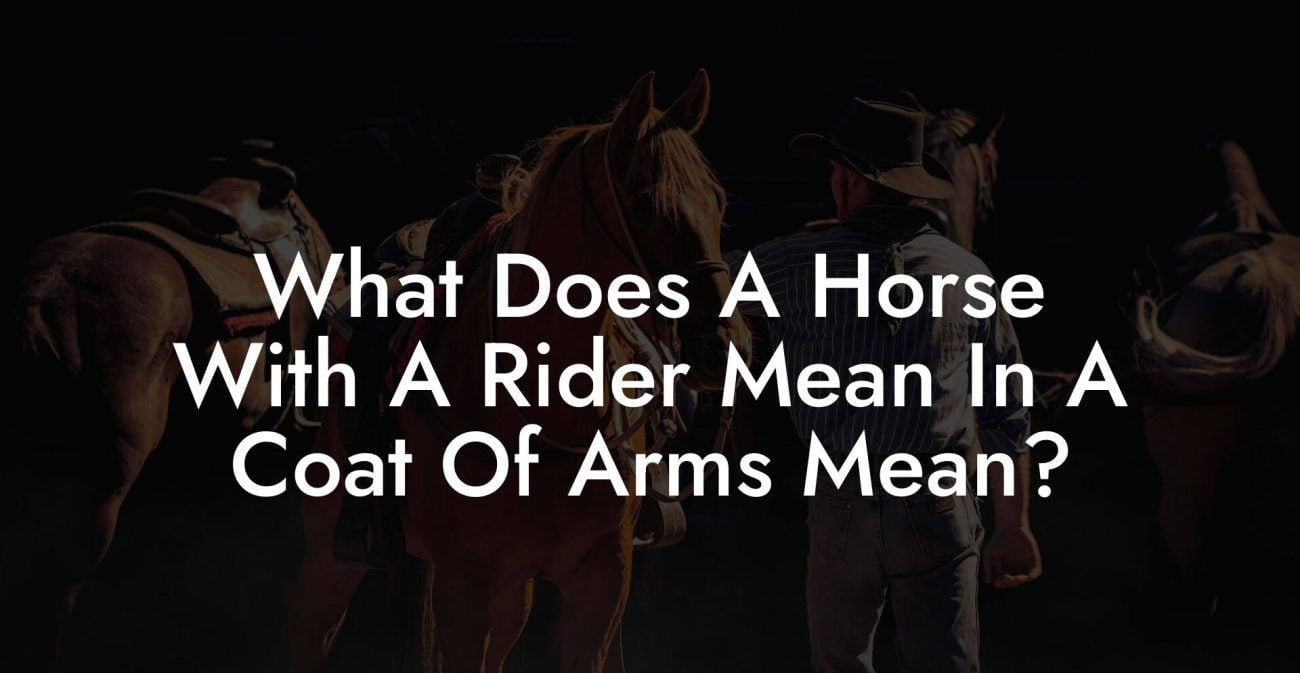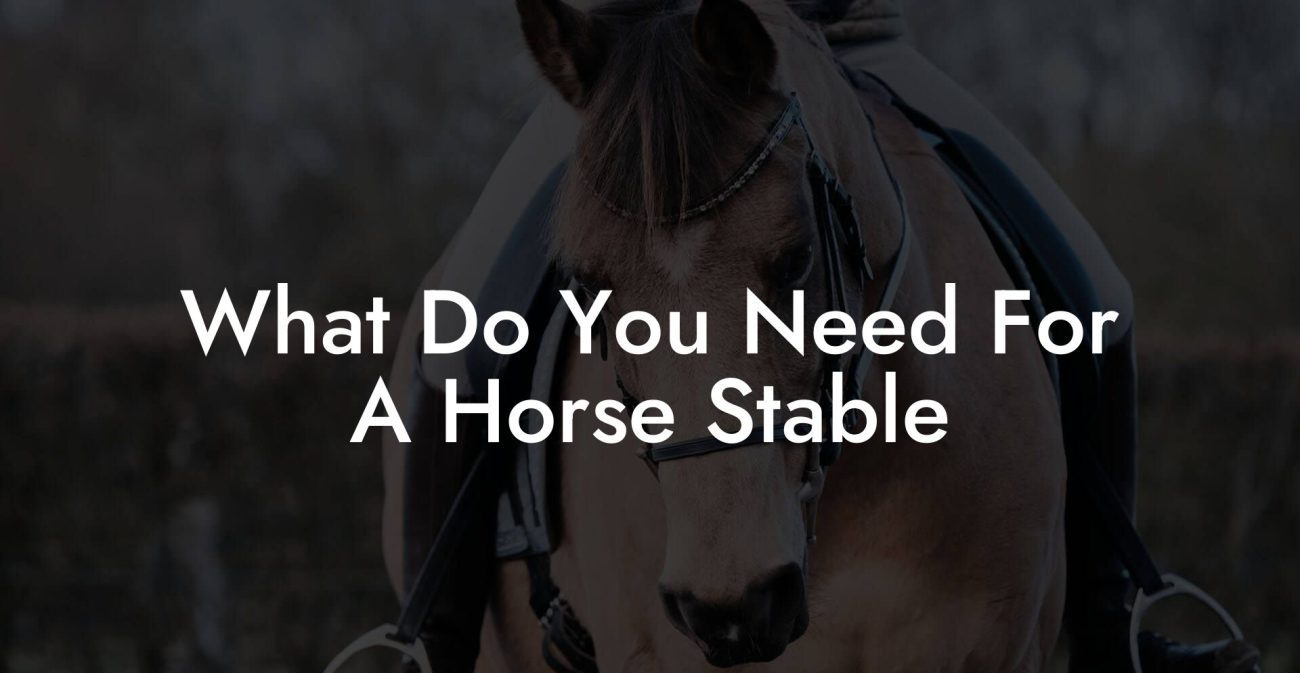Buckle up and saddle in, the art of horse back riding isn’t just about crossing finish lines or snapping Insta-worthy selfies; it’s a deep, soulful journey into the heart of equine care where the rider becomes a partner, a caregiver, and a lifelong learner. Whether you’re a Gen-Z equestrian enthusiast or a millennial craving a deeper connection with these majestic creatures, this guide is your all-access pass into the vibrant world of horse back riding, where care, companionship, and a dash of humor collide.
Quick Links to Useful Sections
- Exploring the World of Horse Back Riding
- The Essentials of Equine health and Care
- Grooming: The Heart of Equine Care
- stable Management: Creating a Safe Haven
- Exercise and Fitness: Keeping the Hooves in Harmony
- Preventative Health Care
- Training and Bonding: Creating a Lasting Partnership
- Establishing Trust
- Training Techniques for Modern Equestrians
- Understanding Equine Body Language
- Advanced Riding Techniques
- Holistic and Integrative Approaches to Equine Wellness
- Balanced Exercise and Rest
- Natural Therapies and Alternative Treatments
- Mind-Body Connection for Horses
- Environmental Enrichment
- Equine Exercise & Fitness: Keeping Your Horse in Top Form
- Building a Balanced Workout Regimen
- Incorporating Cross-Training Techniques
- Injury Prevention and Recovery
- Troubleshooting & Common Issues: Tackling Behavioral and Health Challenges
- Understanding Common Equine Health Issues
- Behavioral Challenges and How to Manage Them
- When to Seek Professional Help
- The Role of Nutrition: Fueling Your Horse’s Inner Powerhouse
- Understanding Equine Dietary Needs
- Supplementation and Special Diets
- Hydration: The Unsung Hero
- Designing a Feeding Schedule
- Resources and Community Support: Your Next Steps
- FAQs on Horse Back Riding and Equine Care: Your Questions Answered
- Your Journey to Empowered, Informed Horse Back Riding
Exploring the World of Horse Back Riding
Horse back riding isn’t merely a sport, it’s an art form that transcends physical exercise to weave in elements of trust, communication, and mutual respect between human and horse. From the whisper of hooves on a sun-dappled trail to the adrenaline surge of a spirited trot, riding is as much about embracing nature as it is about personal self-discovery. As you learn to care for your horse, you also embark on an ongoing personal journey wherein each ride unveils new secrets of the animal world.
At its core, horse back riding is about harnessing ancient traditions blended with modern techniques to create a dynamic riding experience. Whether you’re planning to explore scenic trails, compete in dressage, or simply enjoy a calming ride at the stables, mastering the essentials of equine care is the key to making every ride a celebration of life, freedom, and connection.
In this extensive guide, we’ll dive deep into every nook and cranny of horse care, from the fundamentals of grooming and nutrition to advanced training techniques and holistic wellness. And if you think horse care is just mucking out stalls and brushing manes, think again, this is a world where every detail can make your four-legged friend feel like a true VIP.
The Essentials of Equine health and Care
Caring for a horse is no small feat, it involves a seamless blend of routine maintenance, advanced health checks, and plenty of love. For riders, understanding the ins and outs of equine health is crucial not only for your pet’s well-being but also for your own safety and riding pleasure. Let’s gallop through the core areas:
Grooming: The Heart of Equine Care
Regular grooming is more than a pretty mane and a shiny coat, it’s an essential part of building a trusting relationship with your horse. Daily grooming sessions help you spot early signs of health issues like skin conditions, wounds, or parasites. Get your brush out and get to know every curve and contour of your horse’s body. From brushing off dust to untangling a stubborn lock of hair, each session is an opportunity to bond, calm your horse, and maintain optimal hygiene.
stable Management: Creating a Safe Haven
A clean, organized stable is the cornerstone of equine well-being. Proper stable management involves routine cleaning, regular disinfection, and ensuring that bedding is kept dry and comfortable. Your horse’s stable is not just a shelter, it should be a nurturing environment that protects against diseases, stress, and environmental hazards. Equine experts often recommend a weekly deep clean to prevent the build-up of muck and bacteria.
Exercise and Fitness: Keeping the Hooves in Harmony
Just like any athlete, a horse needs consistent exercise to stay fit, agile, and healthy. Whether it’s a gentle walk in the pasture or an intensive jumping session, movement is crucial for maintaining muscle tone, joint flexibility, and overall cardiovascular health. Tailoring exercise routines to your horse's age, breed, and physical condition can make all the difference in long-term vitality.
Preventative Health Care
Routine veterinary check-ups, vaccinations, and deworming are indispensable parts of equine care. Regular health screenings not only prevent the onset of diseases but also ensure early detection and timely treatment of issues like colic, laminitis, or joint problems. A proactive approach to veterinary care is a commitment to your horse’s long-term well-being and resilience.
Training and Bonding: Creating a Lasting Partnership
The essence of horse back riding lies in the bond between rider and horse. This special connection is built over time through trust, respect, and shared experiences both in and out of the saddle. Training is far more than learning commands, it’s about developing a non-verbal dialogue that deepens understanding and amplifies performance.
Establishing Trust
Trust-building begins the moment you enter the stable. Start with simple interactions like feeding and gentle grooming. Over time, consistent behavior and transparent communication will pave the way for your horse to relax and understand you. Remember, a nervous horse doesn’t learn well; a calm, trusting partner is key to enjoying every ride.
Training Techniques for Modern Equestrians
Gone are the days of rigid, old-school training methods. Modern equine training incorporates positive reinforcement, patience, and a sense of humor. Use treats, kind words, and gentle hand signals to encourage desired behaviors. Incorporate interactive games to challenge your horse mentally and physically, ensuring that training sessions remain fun and engaging.
Understanding Equine Body Language
Horses communicate through subtle cues. The position of their ears, the tension in their muscles, or even the twitch of a tail can signal their mood and physical comfort level. Invest time in studying these signals to better adjust your approach. Over time, interpreting your horse’s body language will become second nature, paving the way for smoother rides and fewer surprises in the arena.
Advanced Riding Techniques
While the basics of horse back riding are fundamental, delving into advanced techniques can elevate your riding experience. Techniques like collected gaits, lateral movements, and advanced jumping require more than just physical skill, they demand an intuitive understanding of your horse’s rhythm. Embrace the challenge, experiment with new techniques, and celebrate every milestone as your connection deepens.
Holistic and Integrative Approaches to Equine Wellness
Just as wellness trends have transformed human fitness, the equine world is embracing a holistic approach to horse care. Integrative equine wellness is all about treating your horse as a whole, considering physical health, mental well-being, and even their emotional state.
Balanced Exercise and Rest
It’s tempting to engage your horse in back-to-back training sessions, but just like any high-performance athlete, your horse needs time to recover. Integrative care involves carefully balancing rigorous exercise with ample rest and relaxation. This means planning training sessions that progressively build strength while allowing time for complete recovery. Rest days aren’t a sign of weakness, they’re an essential part of maintaining peak performance.
Natural Therapies and Alternative Treatments
Complementary therapies are gaining traction in the equine community, offering natural ways to boost wellness and alleviate minor ailments. Techniques such as acupuncture, massage, and chiropractic care aren’t just trendy, they can supplement traditional veterinary care to enhance mobility and reduce chronic pain. Many holistic practitioners stress that when it comes to equine care, the blend of modern medicine and natural remedies can offer a more robust healing process.
Mind-Body Connection for Horses
Horses are incredibly intuitive animals; they respond to the energy and mood of their caregivers. Meditation and mindfulness might be trendy human practices, but adapting a calm, mindful approach to your daily interactions can have a profound effect on your horse’s behavior. When you adopt a relaxed, aware mindset, your horse feels it, and that shared serenity can transform stressful situations into harmonious moments.
Environmental Enrichment
The serene ambiance of a pasture isn’t just beautiful, it’s therapeutic. Environmental enrichment involves modifying your horse’s surroundings to reduce stress and encourage natural behaviors. This includes providing varied grazing opportunities, safe play structures, and quiet corners where your horse can simply be. A well-enriched environment ensures that your equine partner is mentally stimulated and emotionally satisfied.
By integrating these natural and holistic approaches, you create a care strategy that not only tackles physical challenges but also nurtures the emotional and mental well-being of your horse. It’s about treating your partner as a complete being, ensuring that every gallop is filled with health, happiness, and balance.
Equine Exercise & Fitness: Keeping Your Horse in Top Form
The dynamic world of horse back riding demands that your equine companion remains agile, strong, and responsive. Equine exercise isn’t a one-size-fits-all program, each horse has unique needs based on breed, age, and overall health. From light trotting to high-intensity jumping and dressage routines, every exercise contribution is a stride toward fitness.
Building a Balanced Workout Regimen
Just as you cross-train at the gym, your horse benefits from a balanced regimen that includes cardiovascular work, strength training, and flexibility-enhancing activities. Begin with a thorough warm-up to get the muscles moving and prevent injury, think undercover stretching and a gentle walk. Then, alternate between intense bursts of activity and moments of active recovery.
Incorporating a mix of flatwork, trail rides, and arena practices can keep your horse mentally and physically engaged. Consider introducing interval training, where short periods of high-intensity exercise are followed by longer recovery phases. This not only improves endurance but also helps prevent overtraining.
Incorporating Cross-Training Techniques
Cross-training can be an excellent strategy for improving overall fitness and reducing the monotony of routine workouts. Activities such as lunging, pole work, and even swimming (if conditions allow) can help build muscle, improve cardiovascular health, and enhance coordination. Cross-training also introduces variety, keeping both you and your horse motivated and excited about every session.
Injury Prevention and Recovery
No matter how well you care for your horse, injuries can still occur. The key is to focus on injury prevention through proper warm-ups, cool-downs, and attentive observation for any signs of discomfort. If your horse appears to be limping or shows reluctance during exercise, it’s time to consult with your veterinarian and consider adjustments to the training plan.
Recovery does not mean inactivity; rather, it’s about strategically shifting to low-impact exercises that facilitate healing. Techniques like hydrotherapy or targeted stretching under professional guidance can expedite recovery without sacrificing overall fitness.
Troubleshooting & Common Issues: Tackling Behavioral and Health Challenges
Even the most well-cared-for horses can face health challenges or exhibit behavioral quirks that test the limits of your equine expertise. From colic and laminitis to stubborn behavior during training sessions, being proactive and informed is your best defense.
Understanding Common Equine Health Issues
Recognizing common health issues such as respiratory infections, skin irritations, and joint pain is essential for early intervention. Symptoms may be subtle, a slight change in appetite or a bit of restlessness during grooming, and spotting them early can prevent small issues from escalating into serious problems.
Behavioral Challenges and How to Manage Them
A horse’s behavior is as unique as its personality. Some horses may exhibit spookiness, stubbornness, or distractibility. Understanding their individual temperaments is key to addressing these challenges. Often, these behaviors are a cry for help or a response to discomfort. Engage in more one-on-one time, reinforce positive behavior with treats or gentle praise, and always maintain a calm, consistent approach.
When to Seek Professional Help
Trust your instincts. If your horse’s discomfort or uncooperative behavior persists despite your best efforts, it’s important to consult with professionals, veterinarians, equine behaviorists, or experienced trainers, who can provide targeted advice and interventions. Sometimes, a fresh perspective is all it takes to resolve an ongoing issue.
Remember, while you’re the best advocate for your horse, a team effort that includes professional insights can help ensure that every challenge is met with appropriate care and empathy.
The Role of Nutrition: Fueling Your Horse’s Inner Powerhouse
Just as premium fuel powers a high-performance car, the right nutrition fuels your horse’s strength, energy, and overall vitality. Equine nutritional strategies have evolved from basic hay and water to a science that balances macro and micronutrients for peak performance.
Understanding Equine Dietary Needs
Horses are grazing animals by nature, which means that a significant portion of their diet should consist of quality forage. Hay is the foundation of any balanced diet, but remember that not all hay is created equal. Look for hay that is free from mold, dust, and any harmful contaminants.
Supplementation and Special Diets
Depending on your horse’s activity level, age, and health concerns, you may need to supplement their diet. Consider products rich in omega fatty acids to support joint health, and don’t overlook vitamins and minerals essential for immune function and coat shine. Many riders now incorporate grain mixes and commercially formulated feeds that are tailor-made for high-performance horses.
Hydration: The Unsung Hero
Equine athletes require constant hydration to maintain proper function. Clean, fresh water is absolutely essential, especially during warmer months or after an intense riding session. Hydration not only prevents colic but also ensures efficient digestion and muscle recovery. Consider integrating electrolyte supplements during prolonged exercise to replenish lost minerals.
Designing a Feeding Schedule
Consistency is key when it comes to feeding. Establish a regular feeding schedule that mimics your horse’s natural grazing habits. Instead of one or two heavy meals, several smaller, nutrient-dense feedings throughout the day can prevent digestive issues and help maintain steady energy levels. Always monitor your horse’s weight and body condition to make timely dietary adjustments.
Resources and Community Support: Your Next Steps
Venturing deeper into horse back riding and effective equine care is as much about community as it is about individual effort. The vibrant world of modern equestrians brims with online communities, local clubs, workshops, and courses designed to share knowledge, inspire creativity, and offer support. Whether you’re new to the scene or a seasoned rider, building a network is essential for continuously growing your skills and understanding.
To get started, consider joining online forums where equestrians swap tips, lessons learned, and hilarious anecdotes that remind everyone that mistakes are just stepping stones on the path to mastery. Follow influential equine bloggers, subscribe to equestrian YouTube channels, and attend local events like riding clinics or demo days. Remember, every shared experience is an opportunity to discover something new about the art and science of caring for your horse.
Additionally, numerous resources are available in both print and digital formats. Look for books penned by veterinary experts, join dedicated Facebook groups, or explore Instagram hashtags like #EquineWellness, #HorseLife, and #RiderLife for daily doses of inspiration. The equestrian community is supportive, knowledgeable, and always excited to welcome new members who share the passion for horse back riding and holistic care.
FAQs on Horse Back Riding and Equine Care: Your Questions Answered
Here are some of the most commonly asked questions about horse back riding, equine health, and care. Whether you’re wondering about grooming techniques, nutrition schedules, or training methods, these FAQs are designed to offer quick tips and insights.
1. What is horse back riding really about?
Horse back riding combines physical exercise, trust-building, and fun to create an experience that goes beyond sport. It’s about forming a bond with your horse, mastering riding skills, and learning the science of equine care.
2. How often should I groom my horse?
Daily grooming is recommended, not just for maintaining a clean coat but also for early detection of health issues. Regular grooming strengthens the bond between you and your horse while ensuring optimal hygiene.
3. What are the key aspects of equine nutrition?
Quality hay, fresh water, and an appropriate mix of supplements based on your horse’s energy level and health are fundamental. Tailor the diet to mimic natural grazing habits, and consult with a nutrition expert for precise balance.
4. How do I know when my horse needs a break?
Watch for signs of fatigue, reluctance to move, or subtle changes in behavior. Regular check-ups, rest days, and balanced exercise routines can help ensure that your horse remains in peak condition.
5. Are alternative therapies like massage or acupuncture effective?
Many riders report positive outcomes from incorporating complementary therapies. These can enhance blood flow, reduce muscle tension, and promote a holistic sense of well-being in your horse.
6. How can I improve communication with my horse?
Learn to interpret body language, practice consistency in training routines, and spend quality time off the saddle. A calm, mindful approach will help your horse feel secure and understood.
7. What should I consider when creating an exercise plan?
Assess your horse’s age, breed, and fitness level. Include warm-ups, interval training, and proper cool-downs, ensuring a balanced mix of cardiovascular and strength exercises.
8. Is it necessary to join a riding community or club?
Absolutely, it can provide ongoing learning opportunities, support, and inspiration. Whether online or in your local area, connecting with fellow equestrians enriches your experience.
9. How important is consistent stable management?
A clean, well-managed stable is crucial for preventing diseases and ensuring your horse’s comfort. It’s an essential component of overall equine health.
10. Can I incorporate integrative wellness practices into my horse’s routine?
Yes, balancing traditional care with holistic practices like massage, acupuncture, and environmental enrichment can significantly enhance your horse’s quality of life.
Your Journey to Empowered, Informed Horse Back Riding
Embracing the vibrant world of horse back riding means accepting the responsibility to care for your four-legged partner with passion and precision. Every brushing session, thoughtful meal plan, and carefully planned ride becomes a building block for a stronger bond and a healthier, happier horse.
In this journey, the lessons extend well beyond the riding arena. You learn that every aspect of care, from routine stable cleaning and thorough grooming to innovative training techniques and holistic wellness practices, plays a key role in elevating the art of horse back riding. Each step you take translates to better performance, fulfilling companionship, and a passionate embrace of the equestrian lifestyle.
As you continue to learn and evolve, remember that caring for a horse is as much about nurturing a relationship as it is about perfecting riding skills. The techniques, resources, and community support outlined in this guide are designed to empower you. Step into this experience with confidence, knowing that every stride you take is one toward transforming both yourself and your noble equine partner.
Your journey isn’t measured solely in miles or the number of rides, it’s measured by the connection you build, the care you provide, and the joy you both share with every hoofbeat. Let this guide be your trusted companion as you explore, learn, and grow in the spirited world of horse back riding.

